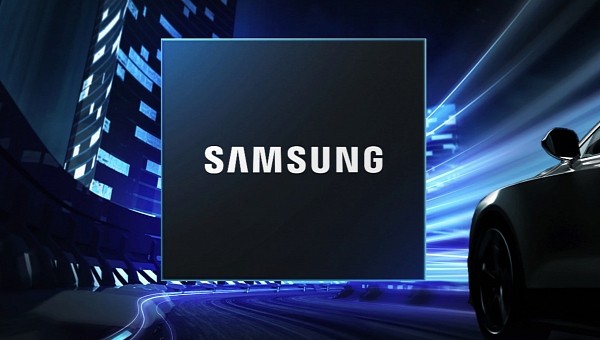The semiconductor industry managed to post an increase of 1.1 percent last year as compared to 2021, with total revenue exceeding $601.7 billion.
The numbers are impressive, as the global revenue increased from $595 billion in 2021, despite very challenging third and fourth quarters when the rising costs and increasing inflation significantly impacted the demand worldwide.
Market intelligence firm Garner says in a new research paper that Samsung managed to secure the leading spot in the global semiconductor business with a market share of 10.9 percent and total revenue of $65.5 billion. For Samsung, 2021 ended up becoming a year to forget in terms of semiconductor performance, as its revenue dropped from $73.1 million in 2021.
Intel was the runner-up with a 9.7 percent market share, but this time, the drop was even higher. Intel’s revenue went down 19.5 percent to $58.3 million.
SK Hynix, Qualcomm, and Micron are next in the charts.
The biggest increase in 2022 was recorded by AMD, whose revenue went up no more, no less than 42.9 percent ($16.2 million versus $23.2 million). Qualcomm’s revenue also recorded a growth of 28.3 percent, reaching $34.7 million last year.
Gartner explains that the memory revenue declined 10 percent last year, but the category that helped the industry go up 1.1 percent in 2022 was the non-memory demand. The numbers were up 5.3 percent last year, and the one to thank for the increase in demand was the automotive market, where chips continued to be in very high demand.
2023 is expected to be a year of recovery, not only for chipmakers but also for their customers. Auto manufacturers, for example, hope to see the global inventory improving substantially throughout the year, especially as industry experts seem to believe that the crisis could come to an end in the second half of the year.
On the other hand, some carmakers themselves warn that we’re still far away from the moment the production capacity can return to pre-2020 levels. GM’s CEO Mary Barra recently warned that 2023 is going to be a very challenging year from a chip supply perspective, warning that the struggles could continue even after December 31.
Toyota, which has recently shared its production target for 2023, acknowledged the chip struggles would continue this year, explaining that its output could eventually suffer a 10 percent drop due to the problems that could hit its suppliers. The Japanese carmaker explained that the uncertainty currently happening in the supply chain makes it impossible to estimate when the chip shortage could come to an end, therefore suggesting that pre-2020 lead times are still impossible for the time being.
While the research makes no mention of 2023 trends, Intel has previously forecasted that the chip shortage would come to an end in 2024 when the investments in production capacity would finally start paying off.
Market intelligence firm Garner says in a new research paper that Samsung managed to secure the leading spot in the global semiconductor business with a market share of 10.9 percent and total revenue of $65.5 billion. For Samsung, 2021 ended up becoming a year to forget in terms of semiconductor performance, as its revenue dropped from $73.1 million in 2021.
Intel was the runner-up with a 9.7 percent market share, but this time, the drop was even higher. Intel’s revenue went down 19.5 percent to $58.3 million.
SK Hynix, Qualcomm, and Micron are next in the charts.
The biggest increase in 2022 was recorded by AMD, whose revenue went up no more, no less than 42.9 percent ($16.2 million versus $23.2 million). Qualcomm’s revenue also recorded a growth of 28.3 percent, reaching $34.7 million last year.
Gartner explains that the memory revenue declined 10 percent last year, but the category that helped the industry go up 1.1 percent in 2022 was the non-memory demand. The numbers were up 5.3 percent last year, and the one to thank for the increase in demand was the automotive market, where chips continued to be in very high demand.
2023 is expected to be a year of recovery, not only for chipmakers but also for their customers. Auto manufacturers, for example, hope to see the global inventory improving substantially throughout the year, especially as industry experts seem to believe that the crisis could come to an end in the second half of the year.
On the other hand, some carmakers themselves warn that we’re still far away from the moment the production capacity can return to pre-2020 levels. GM’s CEO Mary Barra recently warned that 2023 is going to be a very challenging year from a chip supply perspective, warning that the struggles could continue even after December 31.
Toyota, which has recently shared its production target for 2023, acknowledged the chip struggles would continue this year, explaining that its output could eventually suffer a 10 percent drop due to the problems that could hit its suppliers. The Japanese carmaker explained that the uncertainty currently happening in the supply chain makes it impossible to estimate when the chip shortage could come to an end, therefore suggesting that pre-2020 lead times are still impossible for the time being.
While the research makes no mention of 2023 trends, Intel has previously forecasted that the chip shortage would come to an end in 2024 when the investments in production capacity would finally start paying off.

